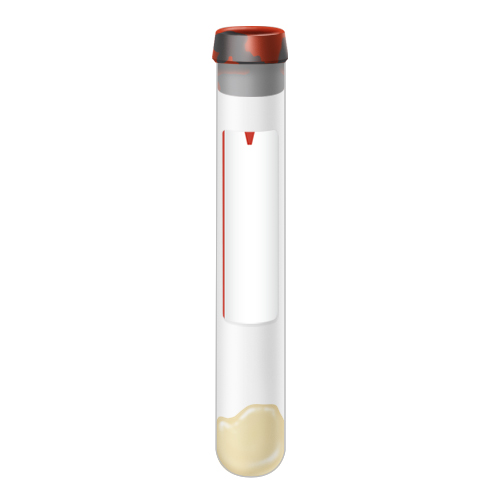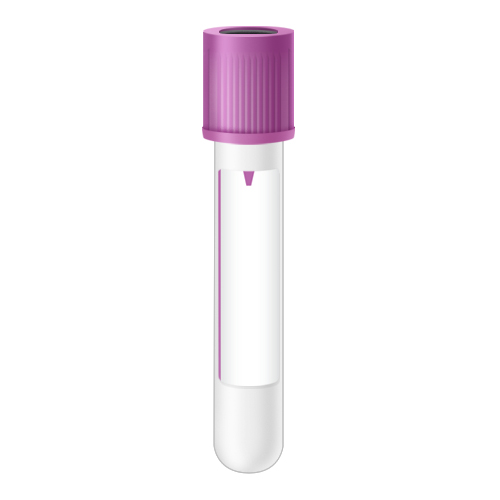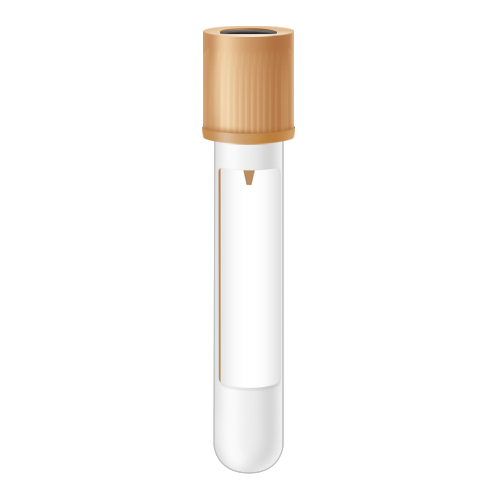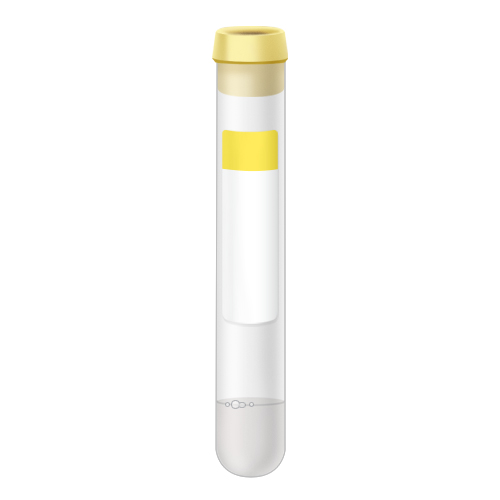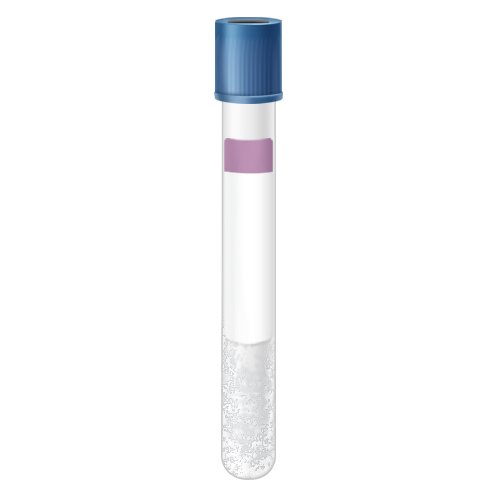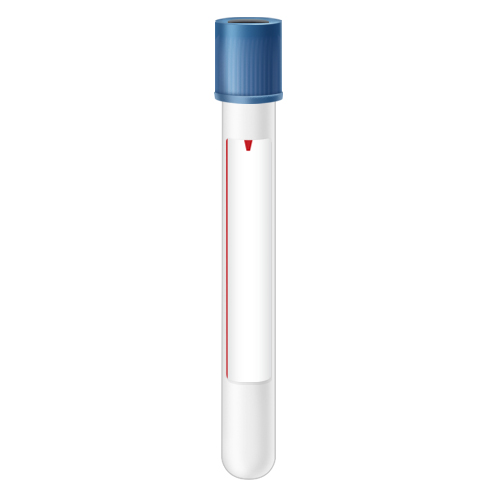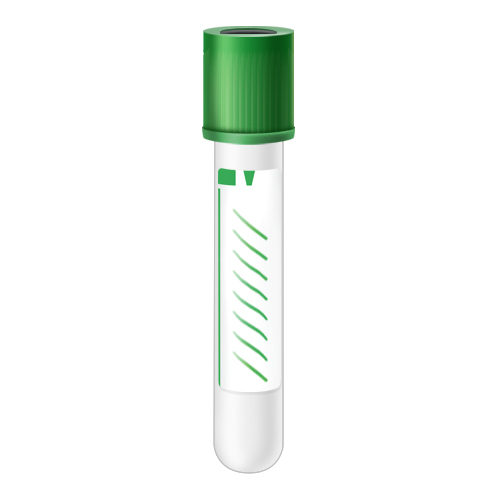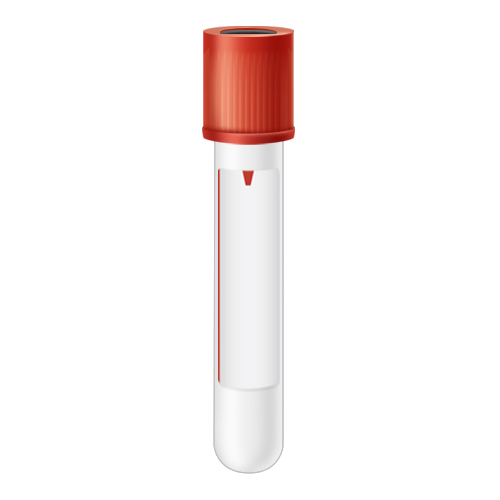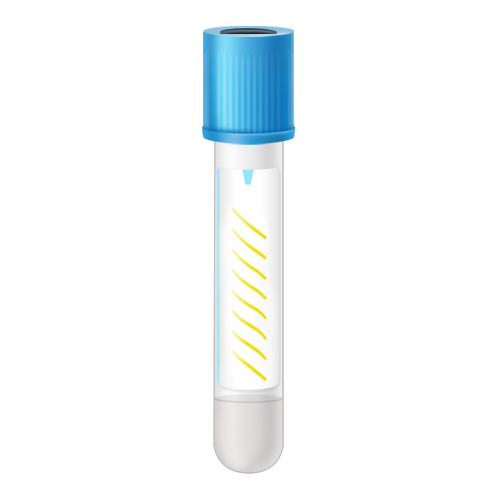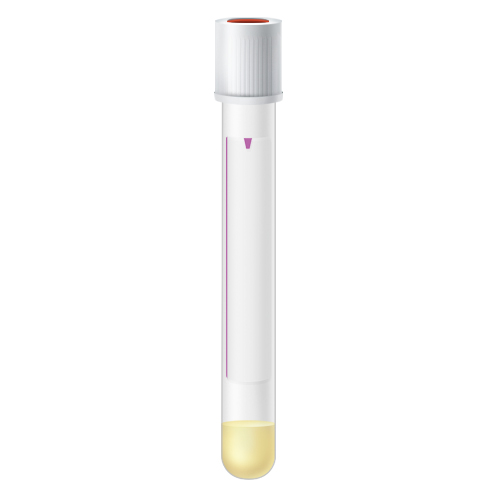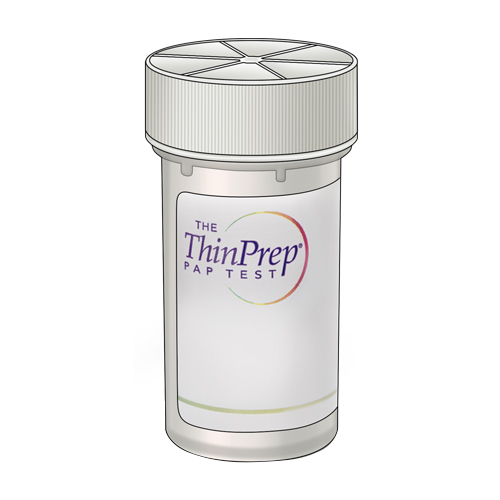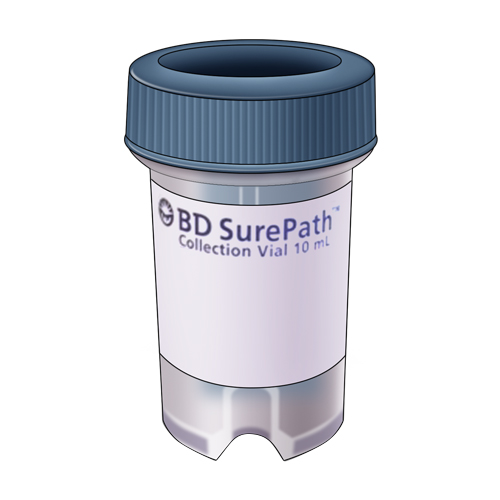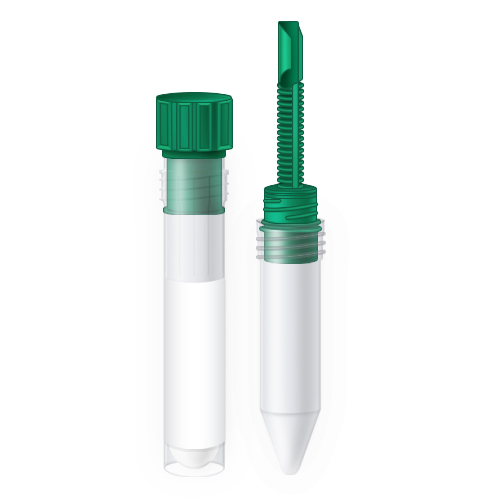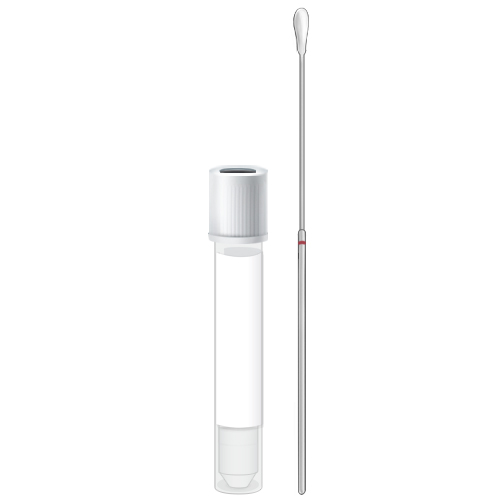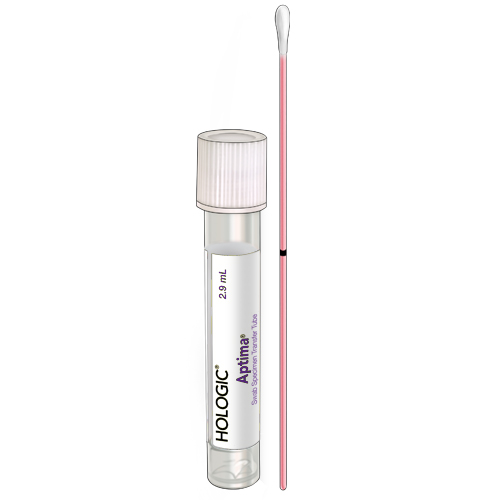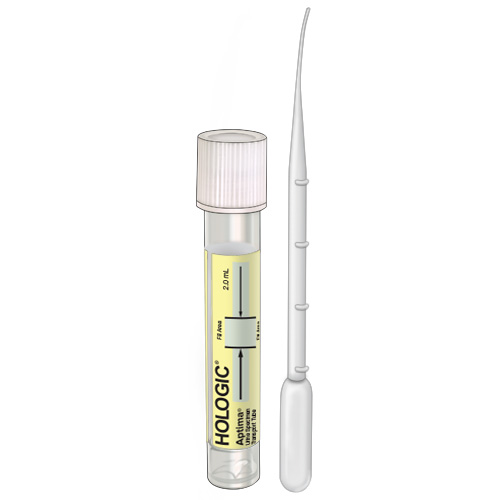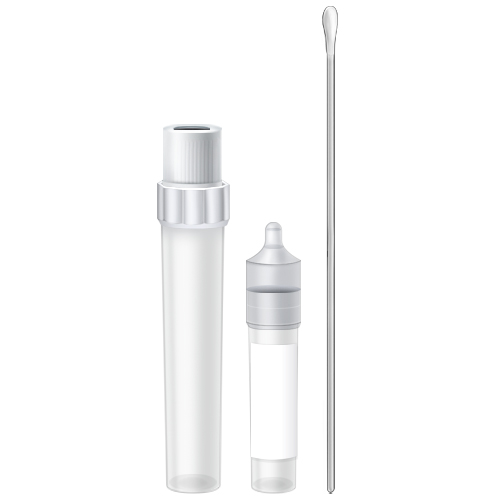February is National Condom Month, and though sexual health and safety may not be the most romantic topic, it’s important to keep in the conversation. Consider taking this opportunity to discuss options for safer sex with your partner – like using a condom – and remember when it comes to sexually transmitted infections (STIs), the only way to know your status is to get tested.
The Facts about Condoms
If you are sexually active, using condoms can help you and your partner stay protected. Here are a few facts to keep in mind:
- Correctly using male latex condoms every time you have sex can reduce the risk of STIs1
- Condoms are the only birth control that reduces your risk of both pregnancy and STIs2
- Latex or polyurethane condoms are the best type of condom to protect against pregnancy, STIs and HIV2
Reducing your Risk of STIs
STIs and associated conditions can be transmitted in different ways, according to the Centers for Disease Control and Prevention (CDC). However, consistent and correct use of latex condoms can reduce the risk for conditions including:3
- HIV
- Chlamydia
- Gonorrhea
- Trichomoniasis
- Genital herpes
- Syphilis
- Chancroid
- Genital human papillomavirus (HPV) infection
- HPV-associated diseases like genital warts and cervical cancer
How Common are STIs?
Also referred to as STDs (sexually transmitted diseases), STIs are very common – especially among young people. Research from the CDC shows that in 2018 there were 26 million new STIs in the United States – and about half of these infections were in people between the ages of 15-24. Many STI/ STD symptoms do not show for a long time, but can still be harmful and passed to a partner during sex.4
‘Yes’ Means Test
Using condoms can help you stay protected, but another crucial component of safer sex is getting tested. Proper diagnosis and treatment of STIs are key in preventing transmission to your sexual partner, and according to the CDC – testing for STIs is one of the most important things you can do to protect your health.5
BioReference offers simple STI testing that can be performed on a urine sample, providing quick and easy diagnosis. Consult your healthcare provider about what STI tests are appropriate for you and click here for more information about sexual health testing services.
Sources:
- https://www.cdc.gov/condomeffectiveness/index.html
- https://www.cdc.gov/teenpregnancy/pdf/Teen-Condom-Fact-Sheet-English-March-2016.pdf
- https://www.cdc.gov/condomeffectiveness/docs/condomfactsheetinbrief.pdf
- https://www.cdc.gov/std/life-stages-populations/stdfact-teens.htm
- https://www.cdc.gov/std/prevention/screeningreccs.htm


